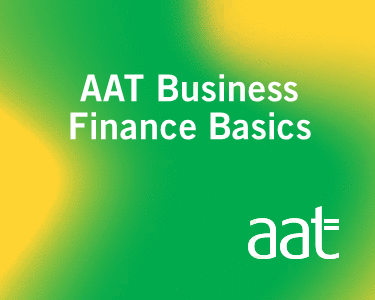How to business plan so that you actually do it in 2025.
The words ‘business plan’ can strike fear into the hearts of solopreneurs and entrepreneurs. We’re passionate about our business idea; we’re creatives, and we just want to get on with it and run the business, not sit down writing essay-type documents that will never be read.
We’ve read the start-up books that tell us it has to be a usable document for us, that it has to be realistic and reviewed regularly. Still, they then go on to tell us that your business plan should include an executive summary, mission statement, profit and loss, and so on. But unless you’re going for investment or having to present your business plan to somebody else, it doesn’t matter what it includes as long as it works for you.
We’re here to tell you that you can do it your way. It doesn’t need to be long or boring. You don’t even have to call it a business plan.
Why you need a business plan (no, really).
Maybe you need more customers, or you want to scale quickly. Maybe you want to test new products or marketing channels. Maybe you want to grow your team or keep a closer eye on costs. Maybe you want to take more time off and you’re looking for ways to keep your business working for you without compromising on income and opportunity.
Whatever you want to achieve in your business, it’s unlikely you will be able to do it without a plan and strategy in place and without reviewing your achievements and learnings from having that plan in place. Put a couple of hours aside and take control of the direction of your business.
What a business plan traditionally includes…
- Executive summary – An introduction to your business, including your mission statement, your product or service and a basic financial and funding overview (how you’ll make money and when).
- Company description – The business structure, location, previous experience and the unique selling point (USP).
- Market analysis – In-depth research into the market size, your competitors, target market and industry.
- Team and management – The legal structure, key team members and their qualifications, team roles and an organisational chart.
- Products or services – Detailed description of your products or services, including features, benefits, pricing, product lifecycle, intellectual property information and equipment required.
- Sales and marketing plan – Your plan for attracting and retaining customers, including promotional strategies, sales processes, and distribution channels.
- Funding – If you anticipate requiring funding over the first five years, how much and how it will be used.
- Financials – Cash flow forecasts, profit and loss (when will you break even and be in profit), balance sheet.
- Appendix – Any relevant supporting documents like certificates, CVs, licences, patents and contracts.
What your alternative business plan could look like…
We can often struggle with the amount of guesswork that has to go into business planning. On a day-to-day basis, we’re comfortable with making hundreds of micro-decisions without knowing all the information but ask us to write a plan down and we go into panic mode. What if it isn’t correct? How can I possibly know what will happen in six months times?
The point of writing a plan is not to have all the answers but the process of recording our plans and ruminating on them keeps us accountable and makes us realise what has worked and what hasn’t.
Get excited about doing it. After all, this is the future of your business. Follow these pointers and choose the ones that work for you to create your alternative business plan:
1. Give it a good name
What will you call your business plan? Give it a name that excites you or makes you smile.
2. Your achievement and reflection story
Write a list of all your achievements over the last year in your business or all the achievements that led to the creation of your business. This is a brilliant way to start planning.
3. Traffic lights
Write down three things that have gone well in your business over the last year, three things you want to stop doing and three things you want to do but aren’t ready for yet.
4. Customer journey
Who is your ideal client or customer? How do they find out about you? When do they buy from you? How do you continue the relationship after that? Draw your customer and a diagram or flow chart if it helps.
5. Be a detective
Who are your three main competitors or businesses similar to yours? What do you like about what they do, and what do you think they could do better? See this as acting like a detective or being a fan of other businesses like yours and staying on top of what the industry is doing.
6. Problem solving
What do you do better than most? What’s your niche or USP? What four things would you like your business to be known for?
7. Your business network
Who are your best contacts? Make a list of people it’s important you stay in touch with in your business. This could be potential customers, suppliers, someone who could mentor you, and industry leaders.
8. The dream team
Write down a list of all the roles in your business, for example, marketing manager, operations manager, head of customer service (again, you can be as creative as yo like and call these roles what you want to). Next, write a name next to each role to show who is in charge of each (if you are heading up all of them, write your name next to all of them).













